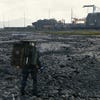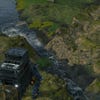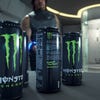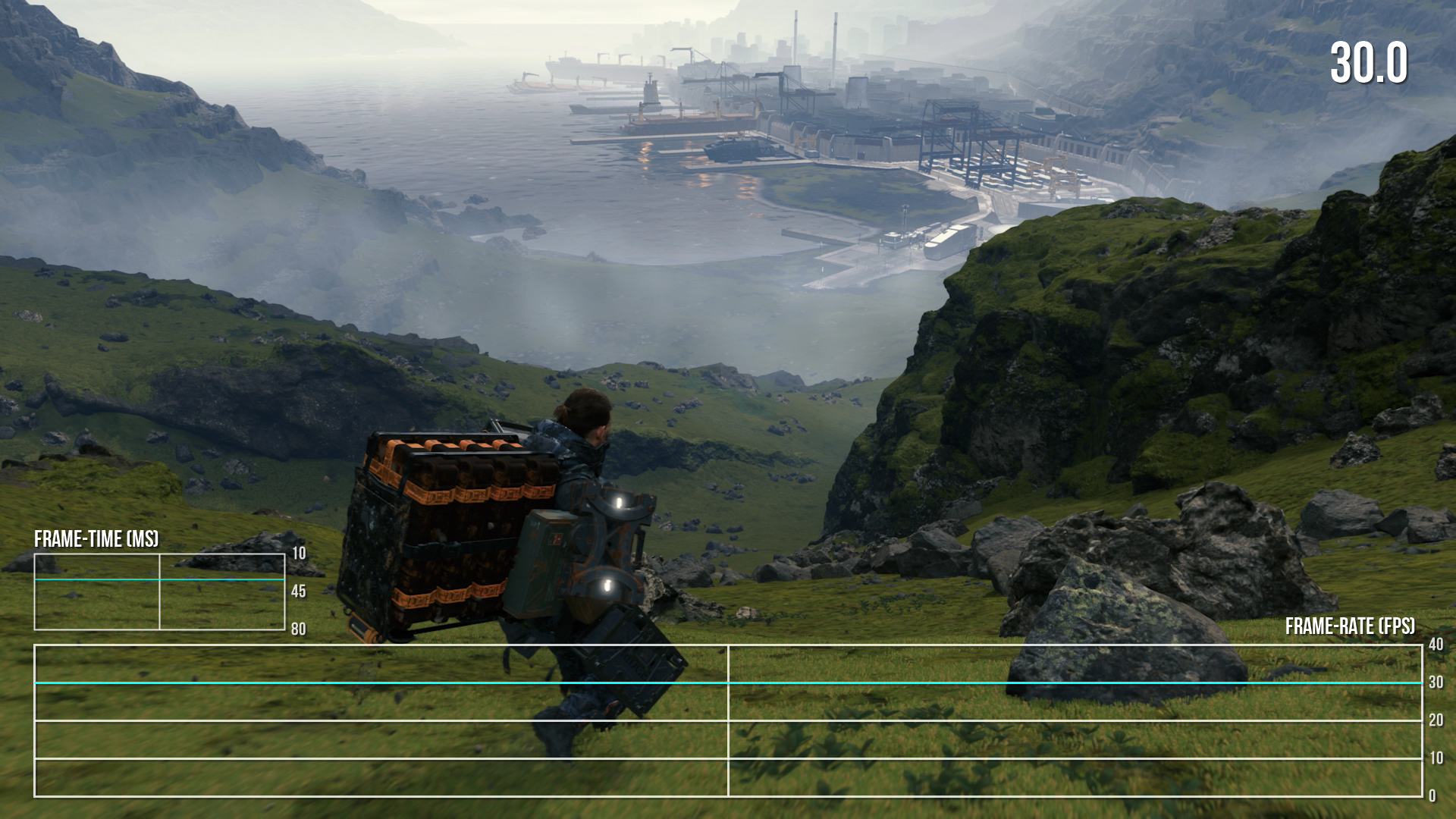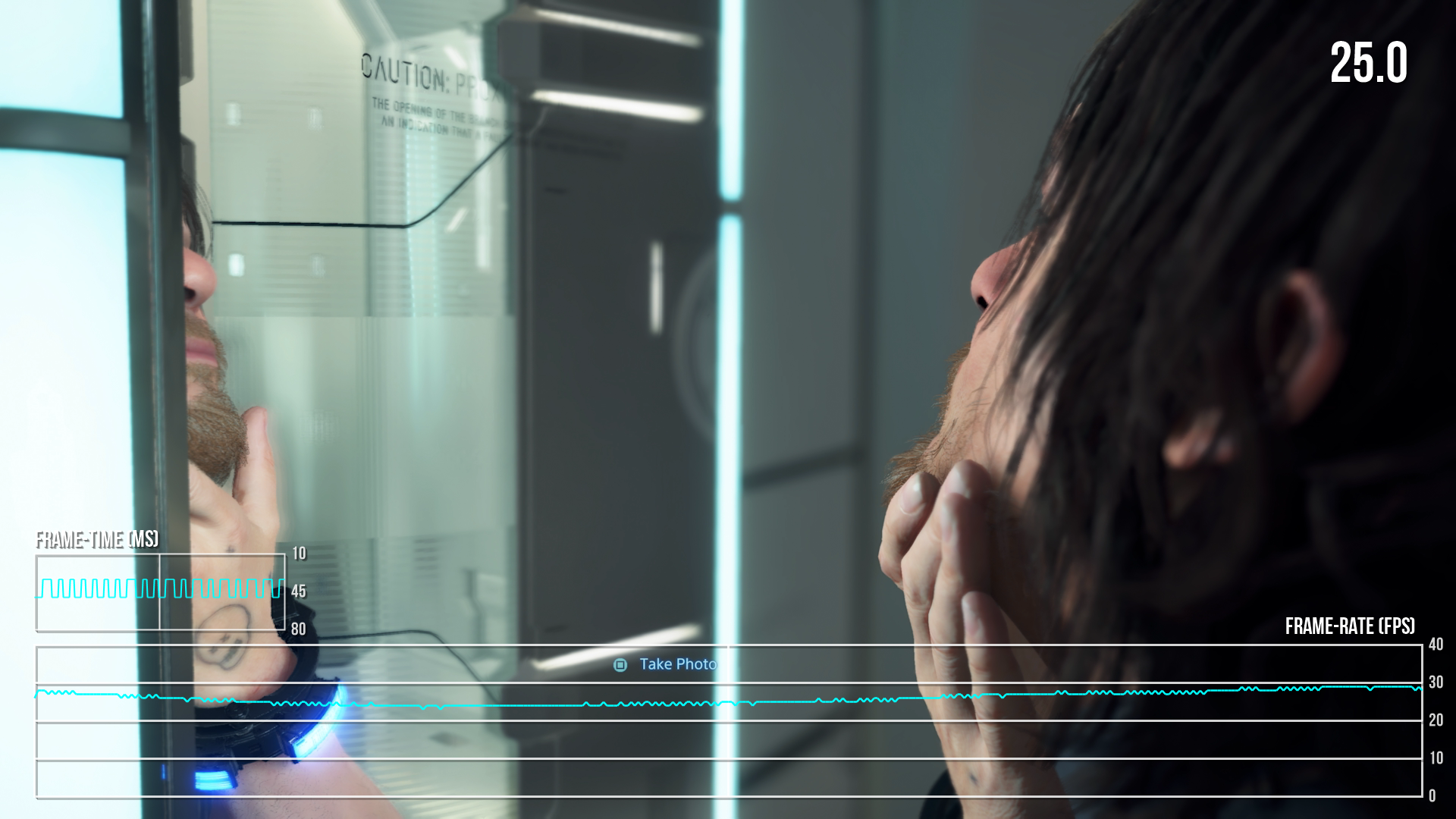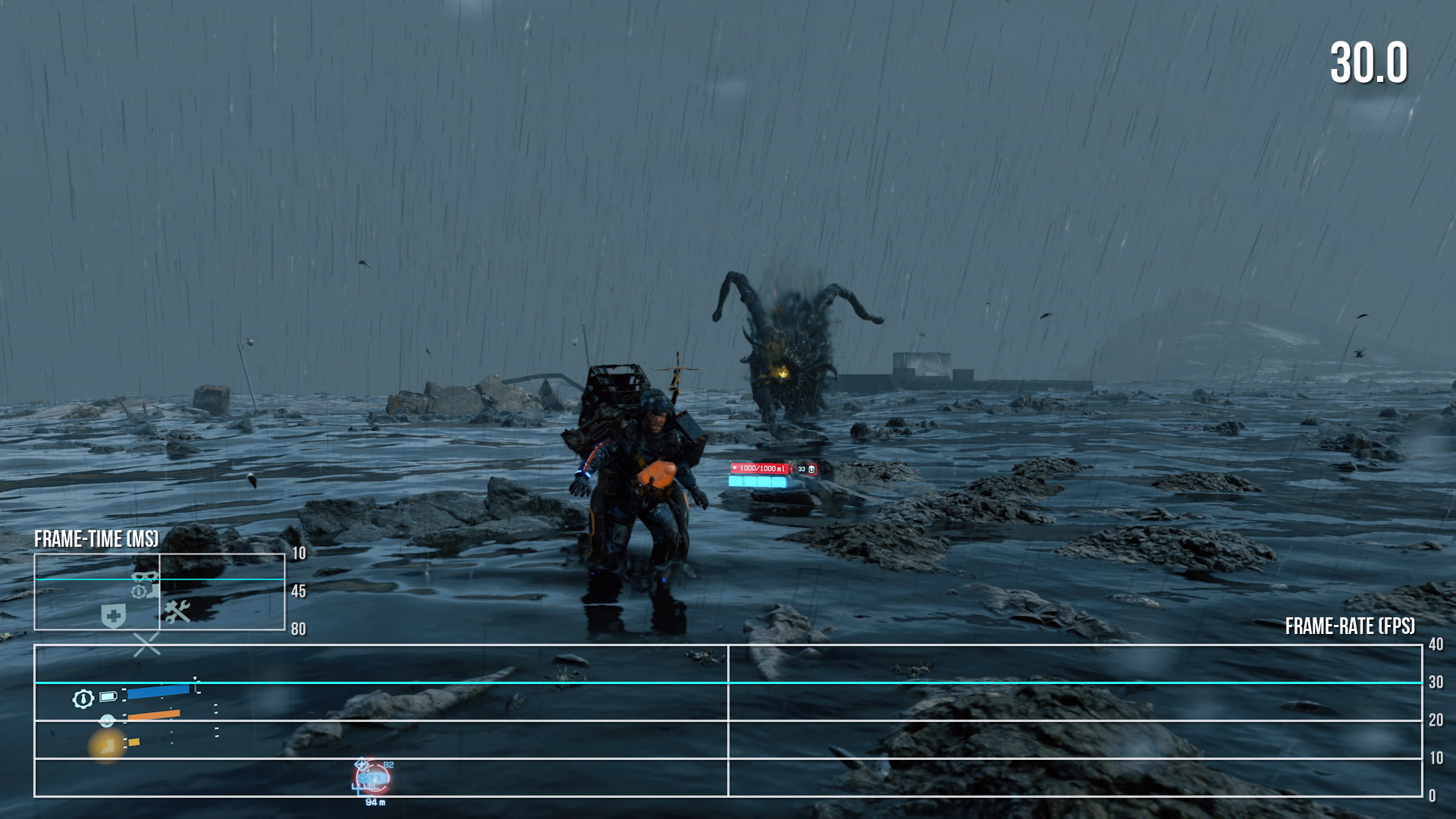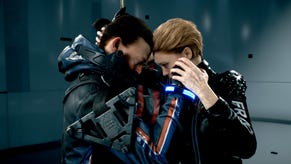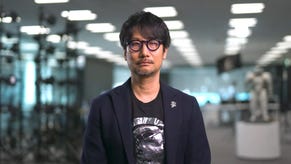Death Stranding: a unique vision delivered by state-of-the-art technology
Setting a new benchmark for this console generation.
When Death Stranding was first unveiled in 2016, its unusual design left us all with questions that would persist and multiply with the arrival of each new trailer. As Kojima Productions' first independent release, it's clear from its marketing cycle that the team was focused on upending traditional AAA expectations. With most games, you know what you're in for before you even pick up the controller. By contrast, Death Stranding is an enigma - but some of the mystery lifts today, and certainly from a technological perspective, it's a stunning achievement.
In many respects, showing is far more effective than telling, so I would suggest watching the video embedded on this page for some idea of how Death Stranding delivers a truly unique experience. Going into this one, I thought I was done with open world games - the genre has evolved and homogenised into the kind of experience I just don't particularly enjoy any more. However, Death Stranding is different and stands apart, bringing back the magic of discovery in a way I haven't experienced in years. It is, perhaps, one of the most visually striking games of the generation - a new benchmark for the medium - and this dark, isolated world adopts a style that leaves a mark long after you've finished playing.
There's a singular vision here but also a strong technological foundation. When Kojima Productions started work on the title, the team had the opportunity to select from Sony's stable of tools and technology, eventually settling upon Guerrilla Games' superb Decima Engine - the same technology that delivered the brilliant Horizon Zero Dawn. As an open world game with a focus on the cinematic, Decima feels like a perfect fit for Death Stranding. Many of the key technical and visual features supported by Decima are utilised to great effect while the few shortcomings found in Horizon, such as water rendering, are greatly improved.
Like Horizon, Death Stranding delivers excellent image quality using Guerrilla's bespoke interpretation of checkerboard rendering. Pixel counts suggest the same 2160p resolution as Horizon Zero Dawn, with the checkerboarding remaining one of the best in the business, with clean edges and minimal artefacting. This combines with excellent texture filtering and temporal stability to produce a very filmic image that looks almost pre-rendered at times. Rest assured though, nearly everything is generated in real-time, augmented greatly by a top tier HDR implementation. What impresses most with Death Stranding is the blend between small details and a vast sense of scale. It doesn't feel as if the minutiae has been sacrificed in pursuit of its environments - and while this world is little more than a deserted husk, there is certainly plenty of life to find in its characters - and how they are realised is one of the game's standout technological triumphs.
Since its inception, Kojima Productions has focused heavily on its star-studded cast, including Norman Reedus, Mads Mikkelsen and Léa Seydoux among others so it's no surprise that character rendering is a huge focus. The first thing that stands out is the quality of the eyes - this is where virtual models often fall flat but the eye material and way in which light penetrates the outer layer feels remarkably realistic. The area around the eye is just as impressive, with superbly detailed eye lashes and skin. We've seen a lot of progress in this area from many games this generation, but this is one of those rare moments where you almost feel as if you're looking at a real human face during cutscenes. Seriously, take a look at the video above and see what you think.
Skin shading is similarly impressive - with realistic sub-surface scattering present as light plays off the surface. Multiple texture layers are used to simulate skin folds as characters animate, while small hairs can be observed across the surface, glistening in the light. Even aspects such as allergic reactions and goose bumps are represented beautifully and realistically. Again, many games do a great job with skin rendering, but I feel Death Stranding is a step above, while its ability to realistically render a variety of hair types without artefacts is also highly impressive. Yes, in-game models aren't quite on the same level, but they still hold up - retaining a great degree of incidental detail.
Equipment and cloth rendering is also first class, with a consistent level of detail right down to every buckle, strap and piece of fabric. So much work has been poured into every inch of every model and it's almost unbelievable to see this much detail - even in an era where most games already feature highly detailed characters. Put simply, the bar has been raised. Death Stranding also features a layering system for dirt, grime and rust: Sam becomes increasingly dirty during gameplay and the real-time nature of the cutscenes ensures that this muck remains visible until you hop in the shower for the inevitable Norman Reedus shower sequence. Yes, there's a lot of walking in Death Stranding, but even this has been approached in a unique fashion with a complex animation system designed to simulate weight and movement across a rocky surface. As you run, Sam plants his feet according to the terrain type and incline. When hiking up or down a steep hill, he shifts his weight into the slope realistically.
And this bring us to the execution of traversal in general, which I feel is handled in an interesting way. In most open world games, you spend a lot of time moving from point A to point B, but doing so requires little effort from the player - it's usually a matter of just holding forward towards a waypoint. In Death Stranding, negotiating the terrain itself is a key challenge and carrying extra cargo increases that challenge still further. There's actual momentum to the movement - when you're weighed down, you can't just stop on a dime, especially on a steep hill. It's all about the management of speed, balance and positioning: this makes the act of hiking through the world more complex and engaging and the quality of the animation really helps sell this.
The same philosophy of applying equal focus to both macro and micro detail to the characters also extends to the environments. Death Stranding may take place across the ruined landscape of America, but it's clear that its world design was inspired by monolithic mountain ranges of Iceland. This unique scenery is breathtaking from minute one, with an immense sense of scale. The Decima Engine supports GPU-based procedural object placement - something we saw in action in Horizon Zero Dawn. Kojima Productions has crafted a wide range of rock formations and other assets and this system is likely used to create a natural procedural landscape. Every piece of the landscape is intricately detailed - from the snarling rock formations that fill the landscape to the stone fields at the base of the mountains.
All are a sight to behold but it's the smaller stones found alongside rivers and in dry lake beds that impress the most. I'm not sure how these are generated - perhaps a mix of height maps and geometry - but it's clear that the level of detail is off the charts. More impressively, object pop-in is kept to a minimum - and the transition between between near and far-field detail is handled smoothly.
The world also features detailed grass and plants at certain points and unlike Horizon, most of this foliage reacts to player collision - so you'll notice plants and blades of grass moving as you make your way through. The terrain is offset by the sky above which plays a key role in defining the atmosphere: the cloud system available in Decima is the ray marched volumetric solution crafted for Horizon Zero Dawn that Kojima Productions takes full advantage of. It's designed to be fast but flexible - variable cloud types and thickness are present while light penetration is simulated as the clouds absorb and scatter this light.
Eventually, the cloudy skies give way to rain or - as the game refers to it - Time Fall - rain that accelerates time. The rain simulation produces thick droplets that react to light and soak everything caught within its grasp, while a wet shader is applied to surfaces and materials as the rain continues, with droplets forming on Sam's gear. There exists a lighter, less damaging rain as well - the difference lies in the thickness and colour of the droplets. The depiction of accelerated time is fascinating, with the rain rapidly ageing everything it touches. This is where the rust mechanic comes into play. In combination with some interesting surface effects such as wrinkling skin, but it also impacts plant life: when caught in a Time Fall storm, plants rapidly grow before you only to wilt seconds later. It's a remarkably effective visual technique.
A lot of attention has been poured into other fluids and malleable materials as well. Mud deforms beneath your feet as you trudge through it, with proper trails left in your wake. Meanwhile, based on content in the preview trailers, it seems that Decima's snow system is also present and accounted for (content limitations in place pre-launch limit the scope of the game we can actually cover). The most significant improvement over Horizon, however, stems from water rendering. Large bodies of water are now more visually attractive with improved screen-space reflection and highly realistic surface detail - and the streams and rivers truly stand out in Death Stranding. This is a difficult thing to get right but the game delivers a real sense of current and flow to water as it cuts through the mountains. Sam interacts naturally with its surface, leaving ripples in his wake as he moves through it and in fact, water itself plays a role in the game design as moving through deep water results in losing footing and being pulled downstream.
Our chosen focus on Death Stranding in this pre-launch period has been on the PlayStation 4 Pro version - and we'll go into more depth on the base console's showing closer to the game's release, but performance on the enhanced machine is certainly worthy of discussion. Just like Horizon Zero Dawn, Death Stranding focuses on delivering a stable 30 frames per second but there are two scenarios that can play out quite differently - cutscene performance and gameplay frame-rates.
While playing the game, I found that the average level of performance was predominately stable - frame-rate mostly holds steady at 30fps but it's clear that minor dips can occur. Vertical sync is thankfully enforced as well - meaning no tearing - and when combined with the motion blur, the game manages to feel mostly stable with the player in control - performance is rarely an issue here. But with that said, cutscenes have more of an emphasis on spectacle over fluidity, so there are more dips beneath the target 30fps here. Camera motion itself isn't always completely fluid either, so sometimes you might sense some slowdown when the game is actually running just fine. At launch, we'll have much more of detailed analysis on performance on both PlayStation 4 consoles but in the here and now, I can say that my enjoyment of the experience hasn't been impacted much at all by the performance level.
Rounding off this piece, I wanted to share some final thoughts on the experience beyond the spotless technology. For me, this is one of the most intriguing games of the year and - perhaps - of the entire console generation. It's rare that such a large budget is allocated towards a unique concept and with that in mind, I appreciate that it exists at all. While on the surface, this is a game that's essentially focused on transporting cargo from one area to another, it's what happens on that trail that works so well. Traversal is fun, the AI you engage with is exciting and the wide range of tools available results in a similar type of action you may expect from a Metal Gear game.
Death Stranding's mix of horror, quiet exploration and unique storytelling is something very different and it may not appeal to everyone. In that sense, despite playing the game for a while now, I'm still fascinated to see how the reviews play out and what the reception to the game will be. For me, this is a release that captures the solemn atmosphere of a Team Ico release or even something like Silent Hill - it's an exceptional achievement and a frankly brilliant experience.




